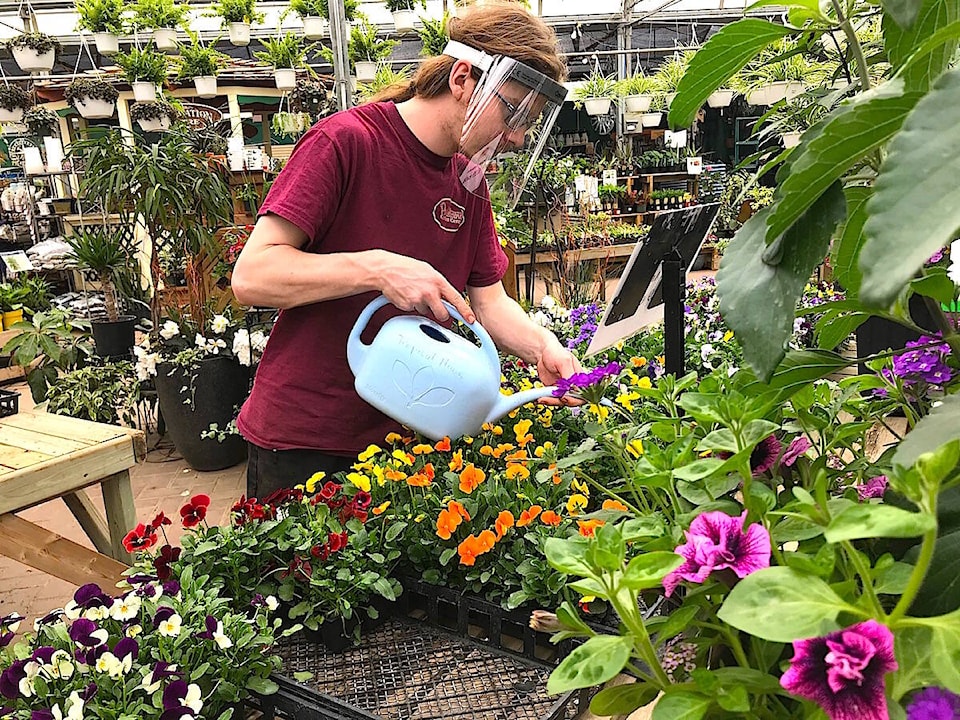Perennial plants die back to the ground in the fall and regrow every spring. They bloom for approximately two weeks every year and then become part of the background greenery. There are exceptions, some plants bloom twice, if they are deadheaded before the plant sets seeds.
Perennials can live for a few years or continue to grow and expand for decades as long as they have their basic requirements met.
The quickest way to propagate perennials is through dividing the plant ensuring that the new plants are a clone of the old one. There are no surprises.
Perennials can be started by seed. Typically plants from seed take longer to mature and start blooming the second year after germination. Expect perennials started from seeds to be similar but not exactly the same as each other.
Before purchasing perennial seed, find out the germination and growing requirements as some are easy to start and others are a bit of a process. If the recommendations are not something that can be done easily, do not purchase the seed. Varying from the germination recommendations usually means the seeds will not germinate.
The “Ball Redbook” contains a wealth of information on many different plants. It includes: when to sow, what conditions the seeds need to germinate, growing medium, and ideal temperatures. As the book is written for commercial growers, they recommend starting many of their perennials from cuttings.
Seed catalogues sell the seeds and provide varying degrees of information to help their customers succeed. As seed catalogues are online, the information is free. Stokes Seeds, Veseys, along with West Coast Seeds are good places to look. Web sites of specific plant societies are a wealth of information in germinating that species of plant. Some information is free, others require a membership
Stratification, what is needed to happen to a seed to break dormancy is paramount. Miss a step and the seed will stay dormant. The following examples of what different seeds need to break dormancy.
Freeze. Delphinium seed for 24 hours before planting. Lavender seed also needs to be frozen for 24 hours before it is pressed into moist soil and not covered. It needs light to germinate.
Fresh Columbine seed germinates relatively easily. Placing older seed in moist growing medium and storing it in the fridge for two or three weeks increases germination. Do not cover Columbine seed as they need light to germinate.
Geum seeds germinate better when the temperature between night and day varies by 8 to 10˚F.
Hollyhocks germinate best in cool soil. They are a cool crop and should be grown in an area where the temperature is 70˚ F (18˚C) in the day and 55˚F (13˚C) at night. When grown in warmer conditions the stems are thin and weak.
Oriental Poppies require complete darkness to germinate. This can be as simple as covering the seed pot with black plastic or cardboard. After 10 days take a peak to see how many have germinated.
For those that do not want the hassle of starting plants indoors, most seeds can be started outside.
The seeds can be placed in pots, a separate bed or in the flowerbed. Be sure to label the spots that they are planted as it is easy to forget overplant. The seeds need to be kept moist. Once a seed has been rehydrated it will die when it dries out.
Planting perennial seed is a good way to get a large grouping of the same or similar plant. To be successful one has to provide the plant with the correct habitat and have patience.
Linda Tomlinson is a horticulturist that has gardened in Central Alberta for over 30 years.
